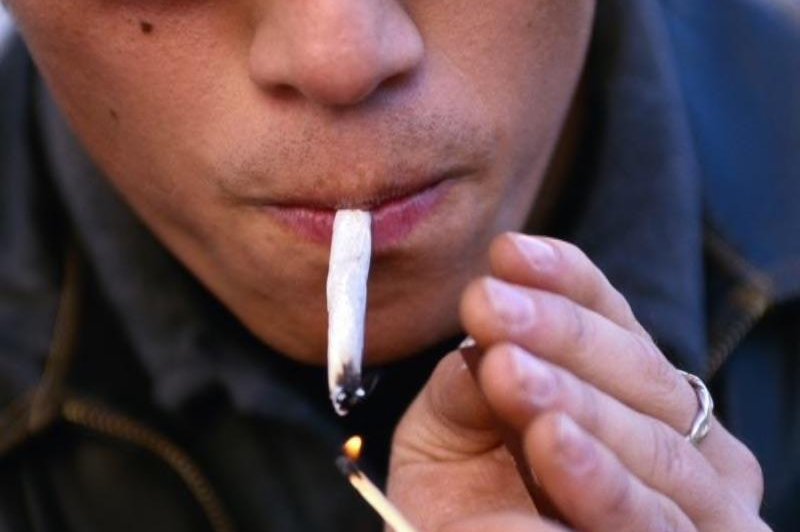By E.J. Mundell, HealthDay News

Marijuana use has risen tenfold among U.S. teens since the 1990s, according to a new study. Photo courtesy of HealthDay News
The study looked at 1991-2017 U.S. federal health data on more than 200,000 high school students.
It found that the number who said they'd used pot at least once over the past month rose tenfold -- from 0.6 percent in 1991 to 6.3 percent by 2017.
Why these big changes? Study author Hongying Dai believes changing social mores and legislation has been a big factor.
"Currently, 33 states and the District of Columbia have laws in place that allow marijuana to be used medically, recreationally, or both."
There was some good news from the study -- teens are increasingly turning away from cancer-causing cigarettes and other combustible tobacco. According to the study, teen smoking has dropped from 4.4 percent of high school students in 1991 to just 1.3 percent today. Teens are drinking much less, too, with alcohol use falling from about 24 percent of teens in 1991 to 12.5 percent in 2017.
Still, the "surge" in marijuana use is troubling, Dai said, and "highlights the importance of marijuana prevention among youths."
Dr. Scott Krakower helps direct psychiatry, including addiction issues, at Zucker Hillside Hospital in Glen Oaks, N.Y. He wasn't surprised by the marijuana findings, saying that "with diminishing perceptions that it is harmful," of course, youth are turning more readily to the drug.
That notion was backed up by the study: According to the data, "the percentage of high school seniors who perceived regular use of marijuana as harmful dropped from 78.6 percent in 1991 to 29 percent in 2017," Dai wrote.
"The adolescent brain, particularly the prefrontal cortex areas that control judgment and decision-making, is not fully developed until the early 20s, which raises questions about how any substance use may affect the developing teenage brain," said Dr. David Fagan. He helps direct pediatrics at Cohen Children's Medical Center in New Hyde Park, N.Y.
Fagan said that there are "multiple longitudinal studies that link marijuana use with higher rates of mental health disorders, such as depression and psychosis, raising concerns about longer-term psychiatric effects."
He also believes the study has left out one major destructive trend: the rise of the e-cigarette.
Yes, smoked tobacco has become largely unpopular among teens, but vaping has more than taken its place, Fagan said.
"For the latest data as of 2018, the National Youth Tobacco Survey reported 20.8 percent of high school students and 4.9 percent of middle school students currently used e-cigarettes [defined as use of an e-cigarette at least one day in the past 30 days]," he noted.
"E-cigarettes -- Juuls, etc. -- are the most common tobacco product used by teenagers today, and the numbers are skyrocketing," Fagan said.
The new study was published June 20 in the American Journal of Public Health.
More information
The U.S. National Institute on Drug Abuse has more about marijuana.

No comments:
Post a Comment